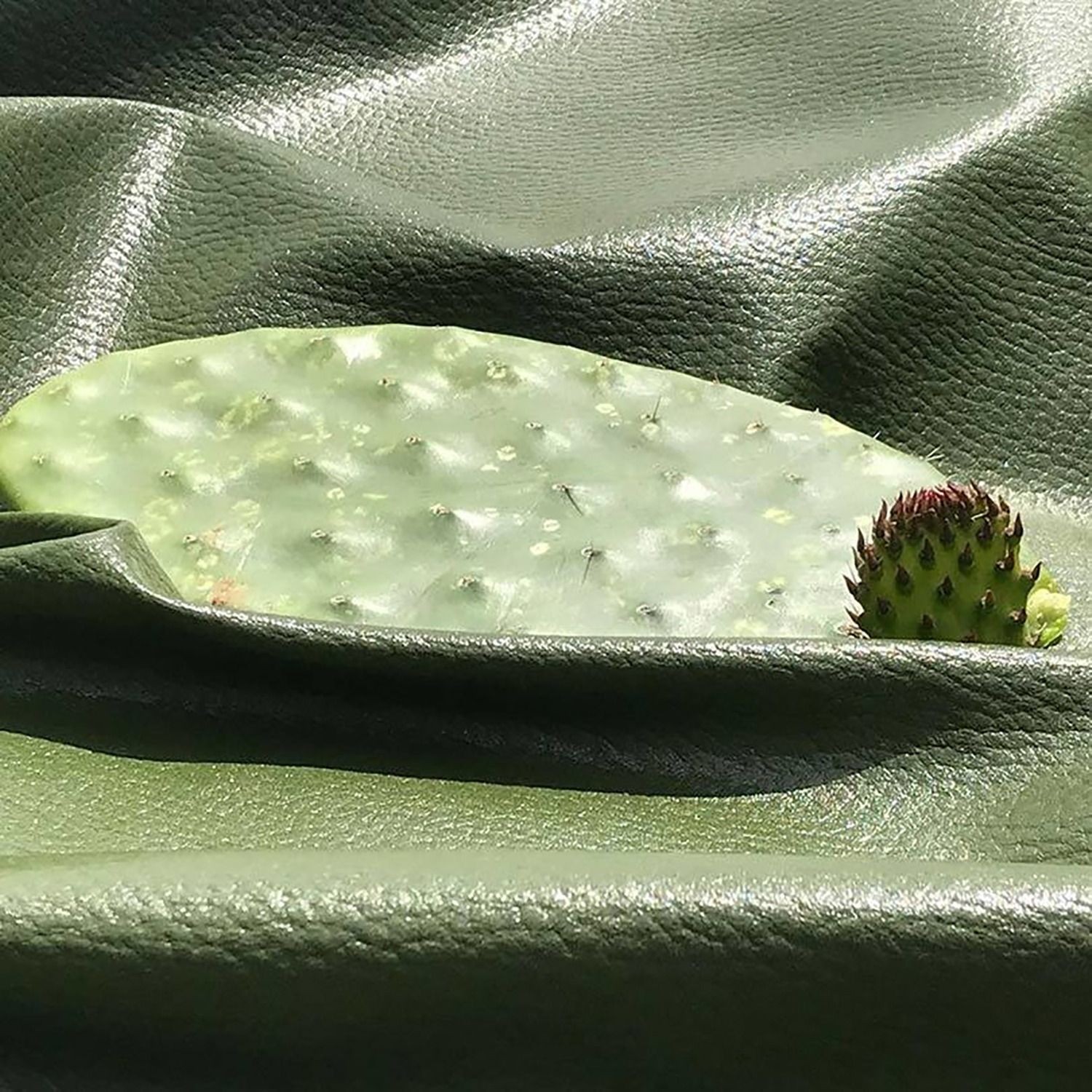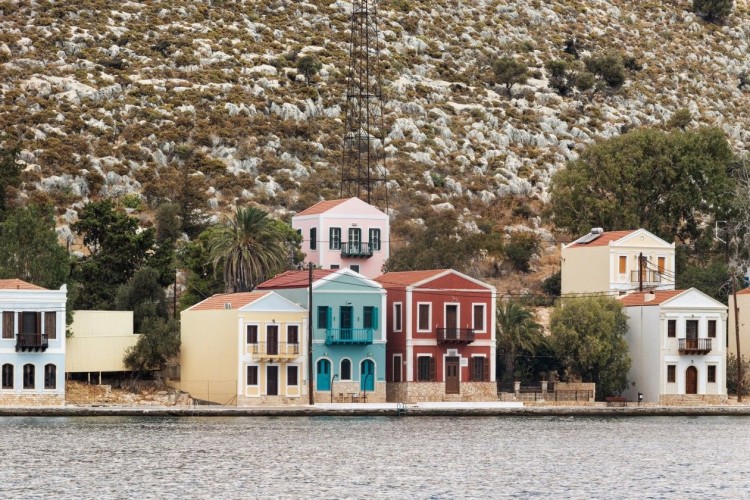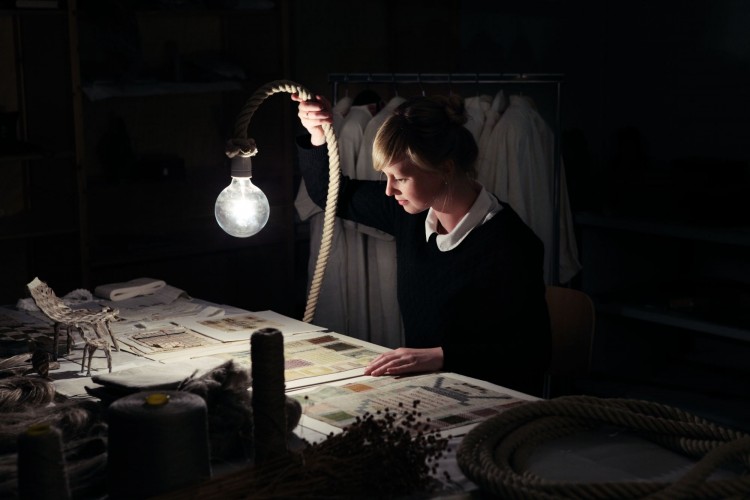Βιώσιμες εναλλακτικές έναντι του αληθινού δέρματος
DS.WRITER:
Vasilis Xifaras
Ας μην ξεχνάμε και την κυριαρχία του υλικού αυτού σε αξεσουάρ, όπως ζώνες, τσάντες και πορτοφόλια. Όμως, η ευρεία χρήση του δέρματος προκαλούσε πάντα συζητήσεις σχετικά με την ηθικά ορθή εκμετάλλευση του δέρματος των ζώων. Πλέον, εκτός από την ανάγκη για παραγωγή μη ζωικού δέρματος, έχει εμφανιστεί και μια άλλη απαίτηση, αυτή της χρήσης περιβαλλοντικά βιώσιμων υλικών, που αφήνουν μηδενικό αποτύπωμα στον πλανήτη. Επομένως, όταν αναρωτιόμαστε ποια είναι η καλύτερη εναλλακτική έναντι του αληθινού δέρματος, θα πρέπει να θέτουμε δύο παράγοντες: μη ζωική προέλευση και μηδενικό περιβαλλοντικό αποτύπωμα.
Καταρχάς, πρέπει να διευκρινίσουμε ότι το ζωικό δέρμα προκαλεί ανυπολόγιστες ζημιές στο φυσικό περιβάλλον. Ένα επιχείρημα που προσπαθεί να καταρρίψει αυτό το γεγονός, είναι το ότι η χρήση του δέρματος των ζώων που έτσι κι αλλιώς διοχετεύονται στην αγορά κρέατος, δεν διαταράσσει το οικοσύστημα. Στην πραγματικότητα, όμως, το μεγαλύτερο ποσοστό αληθινού δέρματος προκύπτει από την εκτροφή ζώων συγκεκριμένα για τον σκοπό αυτόν (περίπου 3,8 δισεκατομμύρια ζώα), κάτι που προκαλεί υπερβόσκηση, αφανισμό δασών, κατάχρηση νερού και απότομη αυξομείωση του πληθυσμού ορισμένων οργανισμών. Παράλληλα, το μαύρισμα των δερμάτων γίνεται συχνά με εξαιρετικά τοξικές ουσίες (αν και έχουν πλέον αναπτυχθεί φυσικές τεχνικές), οι οποίες ζημιώνουν τόσο το περιβάλλον, μέσω στοιχείων που καταλήγουν στο νερό, όσο και τον ίδιο τον ανθρώπινο οργανισμό που εκτίθεται σε αυτή τη διαδικασία (προκαλώντας μέχρι και σοβαρές μορφές καρκίνου).
*Βέβαια, πάντα υπάρχουν εξαιρέσεις. Η ισλανδική εταιρεία Atlantic Leather, για παράδειγμα, παράγει δερμάτινες επιφάνειες από ψάρια, τις οποίες διοχετεύει σε γνωστούς οίκους της μόδας. Για την παραγωγή χρησιμοποιούνται απορρίμματα ψαριών από μονάδες επεξεργασίας, που λειτουργούν με ανανεώσιμη γεωθερμική ενέργεια.
Μια διαδεδομένη και προσιτή για τον καταναλωτή εναλλακτική είναι το συνθετικό δέρμα. Είναι αυτό το υλικό, όμως, πιο φιλικό προς το περιβάλλον;
Για να απαντήσουμε πλήρως στο ερώτημα αυτό, αρκεί να δούμε τι σημαίνει ο όρος «συνθετικό». Συνήθως, μιλάμε για δύο είδη δερμάτων, το PVC και το PU. Και τα δύο είναι vegan, αδιάβροχα, αρκετά ανθεκτικά και ιδιαίτερα φθηνά στην παραγωγή. Το πρώτο προέρχεται από χλώριο, άνθρακα και αιθυλένιο, και σήμερα συναντάται σε οποιοδήποτε οικιακό προϊόν. Το δεύτερο (πολυουρεθάνη) αποτελεί ένα πλαστικό προϊόν, που πλησιάζει σε υφή το γνήσιο δέρμα, αλλά συνδέεται με δερματικά και πνευμονικά προβλήματα. Μάλιστα, έχει στενή σχέση με το πετρέλαιο, όπως κάθε πλαστικό, καθιστώντας τή βιο-διάσπασή του αδύνατη. Ας μην ξεχνάμε ότι, μετά το τέλος της ζωής των πλαστικών προϊόντων, ένα μεγάλο ποσοστό αυτού του υλικού καταλήγει στους ωκεανούς. Αντιλαμβανόμαστε έτσι ότι, αν και ηθικά σωστά, τα συνθετικά δέρματα μπορούν να βλάψουν τον πλανήτη, μακροπρόθεσμα σε βαθμό ακόμα μεγαλύτερο από τα γνήσια δέρματα ζώων.
Υπάρχει δέρμα χωρίς επιπτώσεις στο περιβάλλον;
Ουσιαστικά, αναζητούμε υλικά που δεν είναι μόνο vegan, αλλά παράγονται με όσο το δυνατόν πιο φυσικό τρόπο. Σαφώς, αυτό σημαίνει ότι η διαδικασία δημιουργίας παίρνει παραπάνω χρόνο, και επομένως κοστίζει περισσότερο. Ίσως η καλύτερη εναλλακτική να βρίσκεται σε μια από τις παρακάτω προτάσεις, που χρησιμοποιούν ως πρώτη ύλη εντελώς φυσικά υλικά.
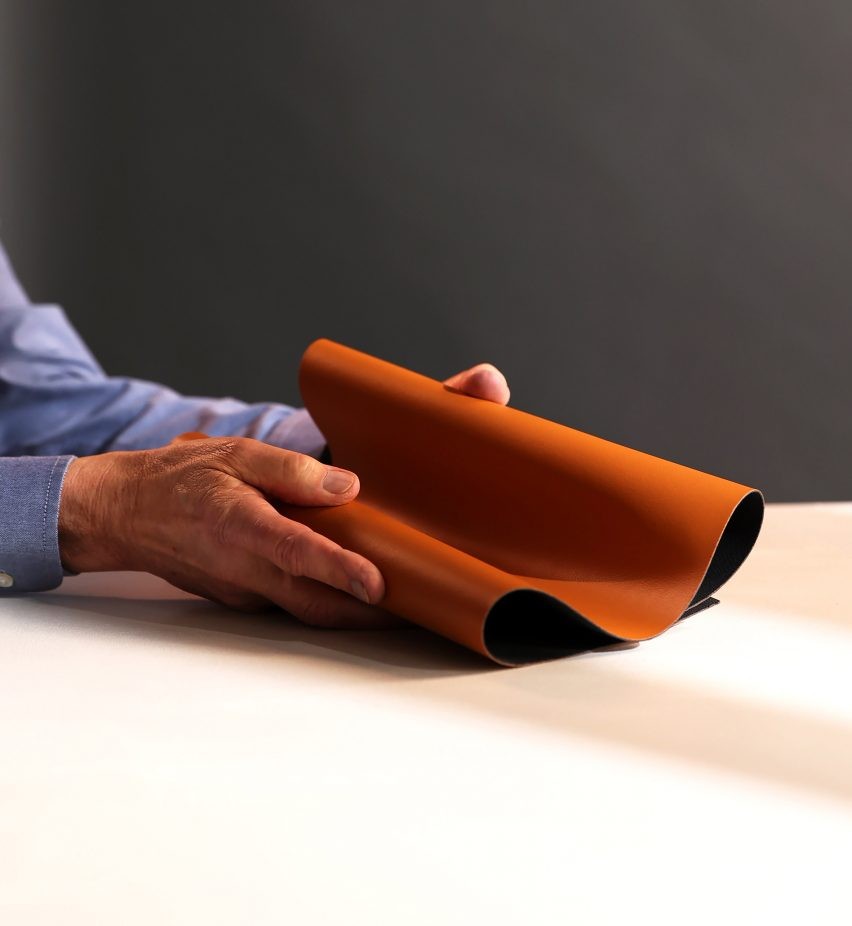
Πηγή: dezeen.com
Μανιτάρι
Ένα ειδικό είδος μανιταριών, που διαθέτει το κατάλληλο μέγεθος, μπορεί να μετατραπεί σε δερμάτινη επιφάνεια μέσα από μια toxic–free διαδικασία, δημιουργώντας ένα αντιβακτηριδιακό προϊόν με υψηλή απορροφητική ικανότητα, και ματ υφή μαλακότερη του σουέτ. Ένα τέτοιο δέρμα, το Muskin, παράγεται στην Ιταλία, και κυκλοφορεί κατά κύριο λόγο σε διαστάσεις 40 x 15-20 εκατοστά. Πρόκειται για ένα ελαφρύ προϊόν, σε αντίθεση με τα συνηθισμένα δέρματα, που όμως χαράσσεται και διαβρώνεται εύκολα από τον καιρό.
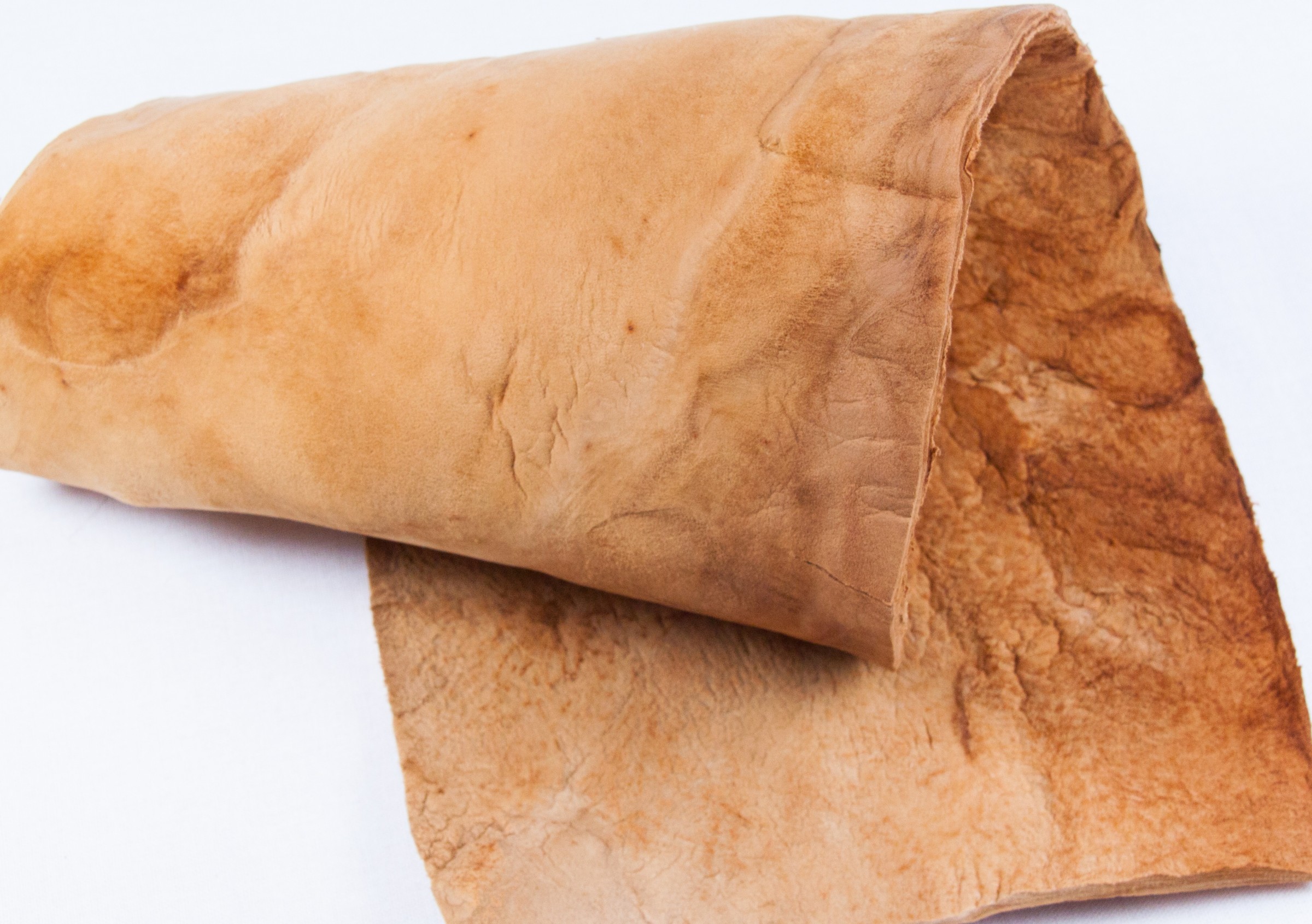
Πηγή: intelligentliving.co
Ανανάς
Οι ίνες των φύλλων τού ανανά μπορούν να χρησιμοποιηθούν για να δημιουργήσουν ένα δερμάτινο ύφασμα. Με αυτόν τον τρόπο, το τμήμα του φρούτου που πάντα καταλήγει στα απορρίμματα, μεταμορφώνεται σε ένα δημοφιλές προϊόν. Το Piñatex συλλέγει αυτά τα φύλλα στις Φιλιππίνες, τα συμπιέζει και τα σχηματοποιεί σε υφάσματα, που αποστέλλονται στην Ισπανία για το τελικό φινίρισμα. Το αποτέλεσμα είναι ένα τραχύ, ελαφρύ δέρμα, με αντιηλιακή προστασία, καλή αντοχή στις καιρικές συνθήκες και τις γρατζουνιές.
Κάκτος
Το τραχύ και παχύ δέρμα των κάκτων είναι ιδανικό για τη μεταποίησή του σε δερμάτινο ύφασμα. Ώριμα φύλλα από αυτό το ανθεκτικό φυτό συλλέγονται και αφυδατώνονται κάτω από τον ήλιο, πριν τη διαδικασία παραγωγής του δέρματος. Μάλιστα, υπάρχουν φυσικοί τρόποι βαφής, σε περίπτωση που ο πελάτης δεν προτιμήσει το χαρακτηριστικό πράσινο χρώμα του κάκτου. Το δέρμα αυτό αντέχει για τουλάχιστον 10 χρόνια και αναπνέει. Με την ονομασία Desserto, αυτό το είδος δέρματος γίνεται όλο και πιο δημοφιλές πέρα από τα όρια του Μεξικού, όπου παράγεται.
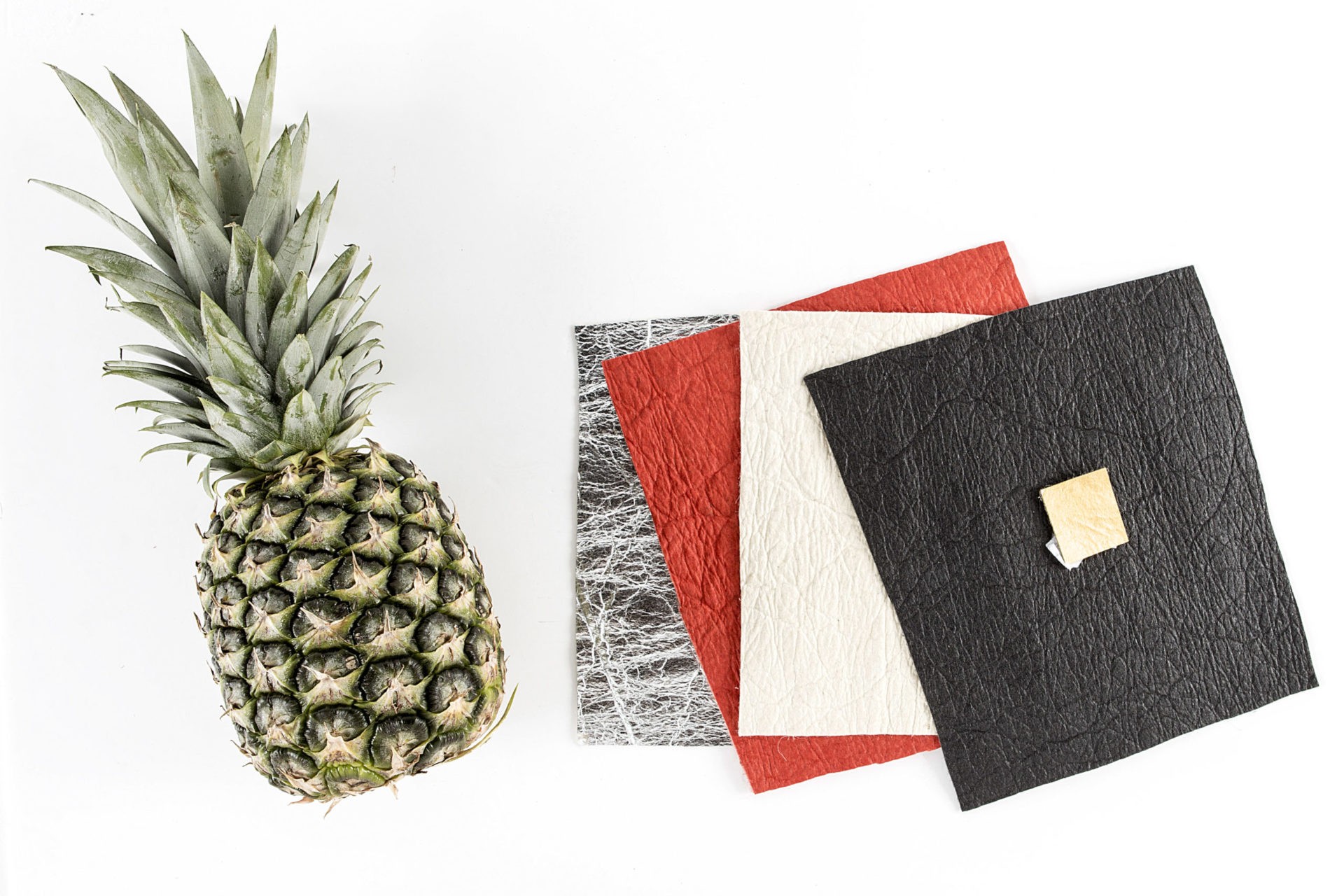
Πηγή: danandmez.com
Φελλός
Πρόκειται για ένα ανακυκλώσιμο, αδιάβροχο, ανθεκτικό αλλά ελαφρύ υλικό που προέρχεται από το δέντρο Quercus Suber, το οποίο ευδοκιμεί στη Μεσόγειο χωρίς ιδιαίτερες απαιτήσεις σε νερό και φροντίδα. Ο φελλός αφαιρείται από ένα τμήμα του δέντρου τέτοιο, ώστε να μη σταματά την ανάπτυξη αυτού. Το μόνο αρνητικό τού δέρματος από φελλό είναι το ότι κυκλοφορεί σε ουδέτερα χρώματα, με καφέ ή μπεζ απόχρωση.
https://www.instagram.com/p/CUclle2IaVq/?utm_source=ig_web_button_share_sheet
Καρύδα
Άλλο ένα είδος δέρματος που προκύπτει από απορρίμματα. Οι ίνες τμημάτων της καρύδας που πετιούνται, μαζί με το νερό που προκύπτει από την επεξεργασία τους, δημιουργούν ένα στιβαρό προϊόν που διασπάται πλήρως από τη φύση. Το δερμάτινο ύφασμα της Malai παράγεται στην Ινδία και μοιάζει με ένα ματ χαρτόνι, που ποικίλλει σε πάχος και χρώμα. Είναι ελαφρύ, ενώ είναι ανθεκτικό στις επιπτώσεις του καιρού και στις γρατζουνιές.
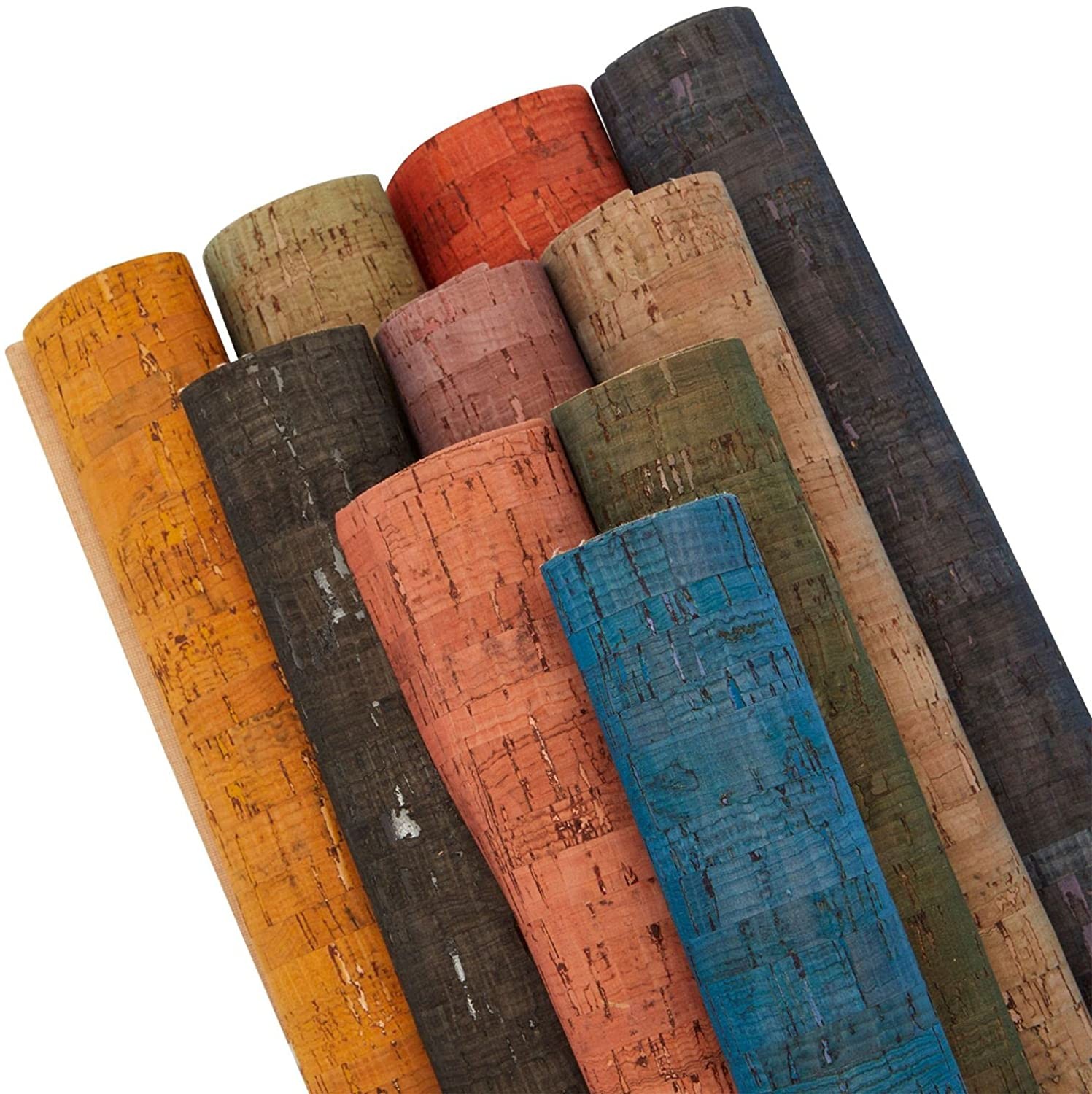
Πηγή: ubuy.com
Μήλο
Το τελευταίο δερμάτινο ύφασμα αυτής της λίστας παράγεται από τη φλούδα και τον πυρήνα του μήλου, μέρη του φρούτου δηλαδή που δεν καταναλώνονται. Αυτά τα κομμάτια πολτοποιούνται και αφυδατώνονται, ώσπου να προκύψει μια λεπτή δερμάτινη στρώση. Είναι ένα δέρμα ιδιαίτερα ανθεκτικό, που διαθέτει διαφορετικά χρώματα και υφές. Ωστόσο, για το δέσιμο των ξεχωριστών επιφανειών του χρησιμοποιείται συνθετικό δέρμα PVC ή PU.
Καθώς η τεχνολογία εξελίσσεται, θα εμφανίζονται ακόμα περισσότερα είδη vegan οικολογικών δερμάτων. Η βάση της οικολογίας, όμως, έγκειται στη συνετή κατανάλωση και μειωμένη χρήση ενεργειακών πόρων. Για την επιβίωση του φυσικού περιβάλλοντος, το άτομο καλείται να αγοράζει λιγότερα ρούχα, αντικείμενα, τροφές. Προϋπόθεση για να γίνει αυτό, είναι η δημιουργία ποιοτικών προϊόντων, που εκμεταλλεύονται φυσικές και ποιοτικές πρώτες ύλες, διατηρούνται για πολύ καιρό και διέπονται από έναν διαχρονικό χαρακτήρα. Τα δερμάτινα ρούχα και αξεσουάρ θα βρίσκονται πάντα στη μόδα, αλλά ο καταναλωτής θα πρέπει να σχεδιάζει την αγορά ενός ποιοτικού προϊόντος, και όχι πολλαπλών που θα εναλλάσσονται ανάλογα με την εποχή. Αυτό ακριβώς είναι το ζήτημα της βιωσιμότητας σε οτιδήποτε σχεδιάζεται, ακόμα και εκτός της μόδας, δηλαδή στον κόσμο του design γενικότερα.




